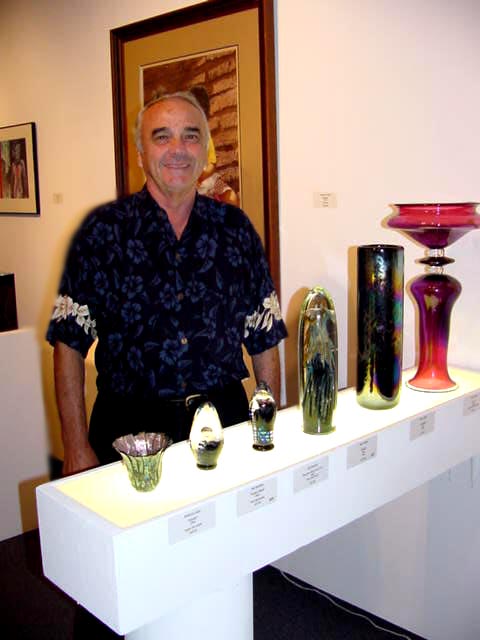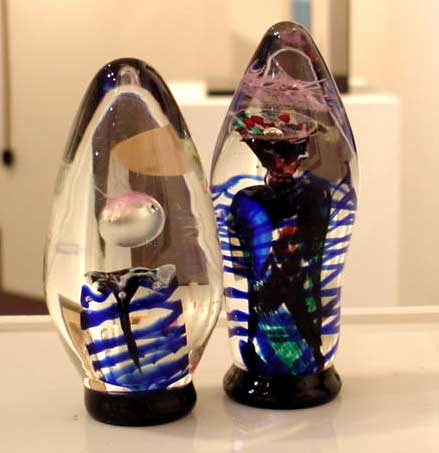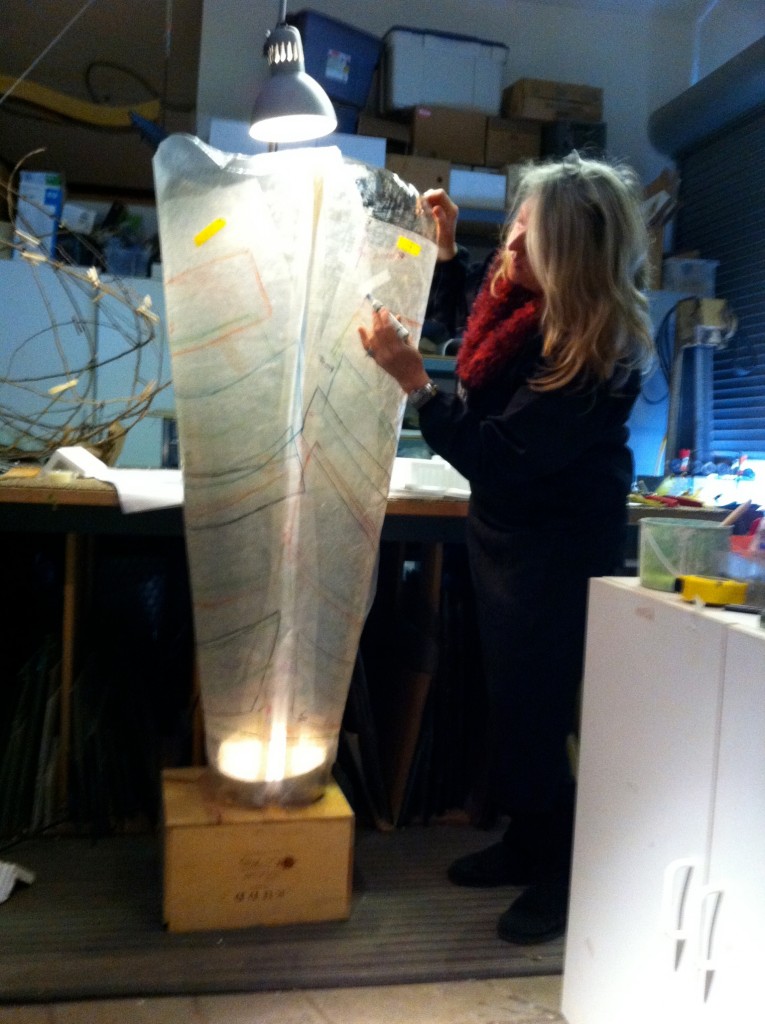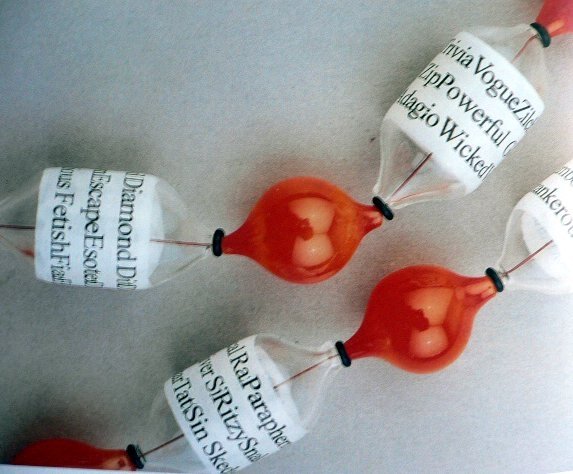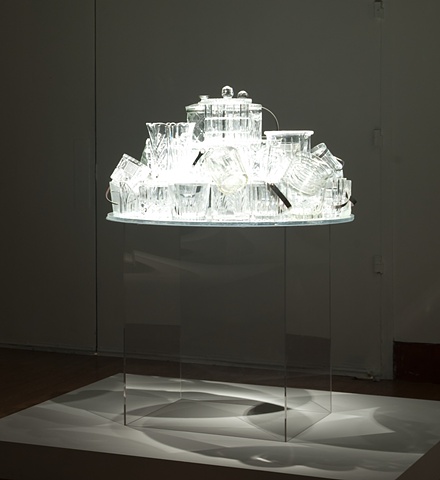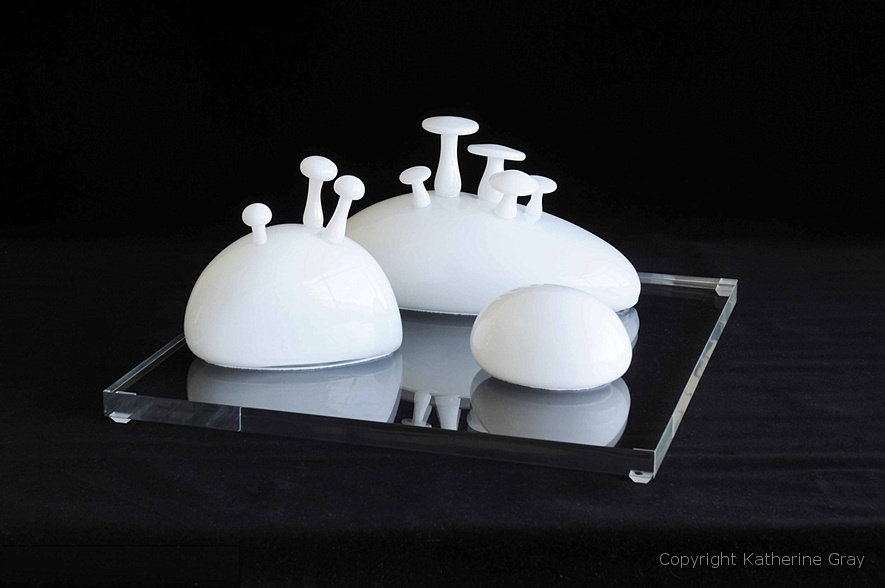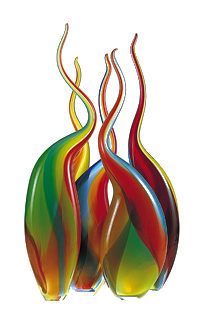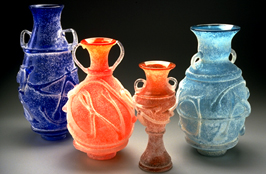Has been working in glass in California since 1970.
www.fullerton.edu/arts/art/faculty/leighton.html
John is an artist, designer, and educator. He has worked with glass for more than 40 years. He received his B.A. in Environmental Design from Cal State, Fullerton and his M.F.A. in Sculpture from the California College of Arts and Crafts, in Oakland.
John was Head of the Glass Program at San Francisco State University for 24 years. In the fall of 2003 he became Glass Program Coordinator at California State University, Fullerton. He has been a guest instructor at numerous schools including the Pilchuck Glass School, the Tokyo Glass Art Institute, and Osaka University of Arts, in Japan.
He has maintained a studio since 1972. John’s cast and blown glass sculpture are exhibited in Europe, the U.S. and Asia. Currently his work is exhibited in private galleries throughout the country and in many private and public collections including the National Museum of American Art of the Smithsonian Institution, The Corning Museum of Glass, the Oakland Museum, the Ebeltoft Glasmuseum in Denmark, the Lemberk Castle, in the Czech Republic, the Notojima Glass Museum, and the Kanazu Art Museum in Japan. John has twice been invited to work at the International Glass Symposium, in the Czech Republic and participated in Glass Art Documents ‘98, held at the new glass studio in Kanazu, Japan.
John has completed major architectural stained glass commissions throughout the U.S. and in Japan. He has designed and built his home, studio and a 20-foot sailboat! He was University Art Gallery Director at SFSU for eleven years.
John was a member of the Glass Art Society’s Board for seven years, and was Co-Chair of the ‘94 Oakland GAS Conference. He served as Secretary, Vice President, and a two-year term as President. In 2009, John was awarded Honorary Lifetime Membership in the Glass Art Society.
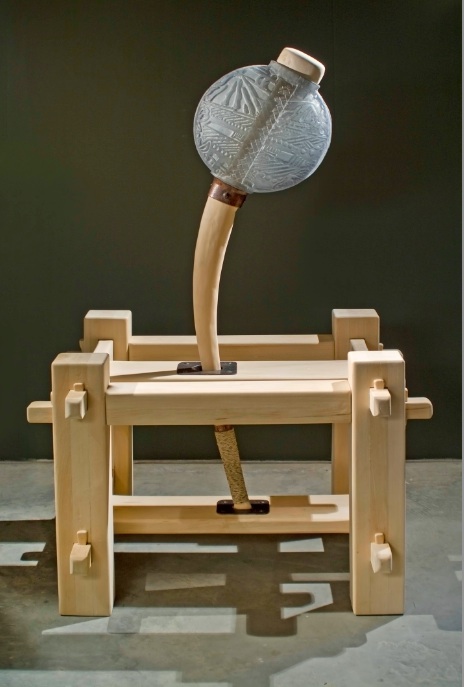
“Dotaku”
2010
Cast Glass Basswood
54” X 41” X 35”
from the Ishikawa Tani Series
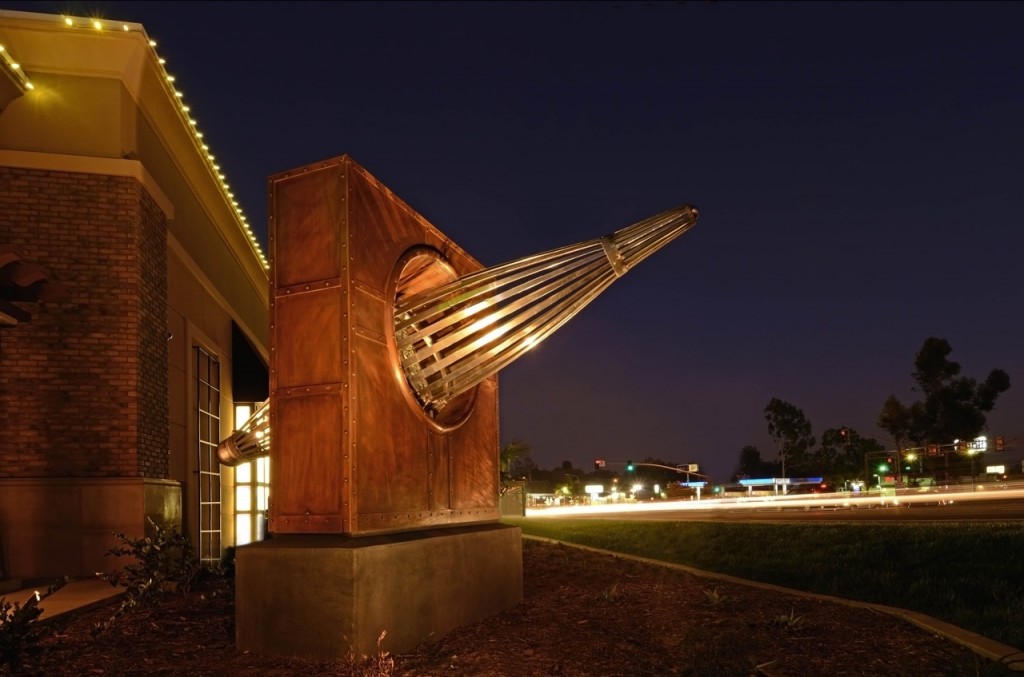
“Pratu”
2011
Monumental Public Art Sculpture
Cit of Brea, CA
8 feet wide X 10 feet high X 15 feet deep
Copper, Stainless Steel and Mold Blown Glass
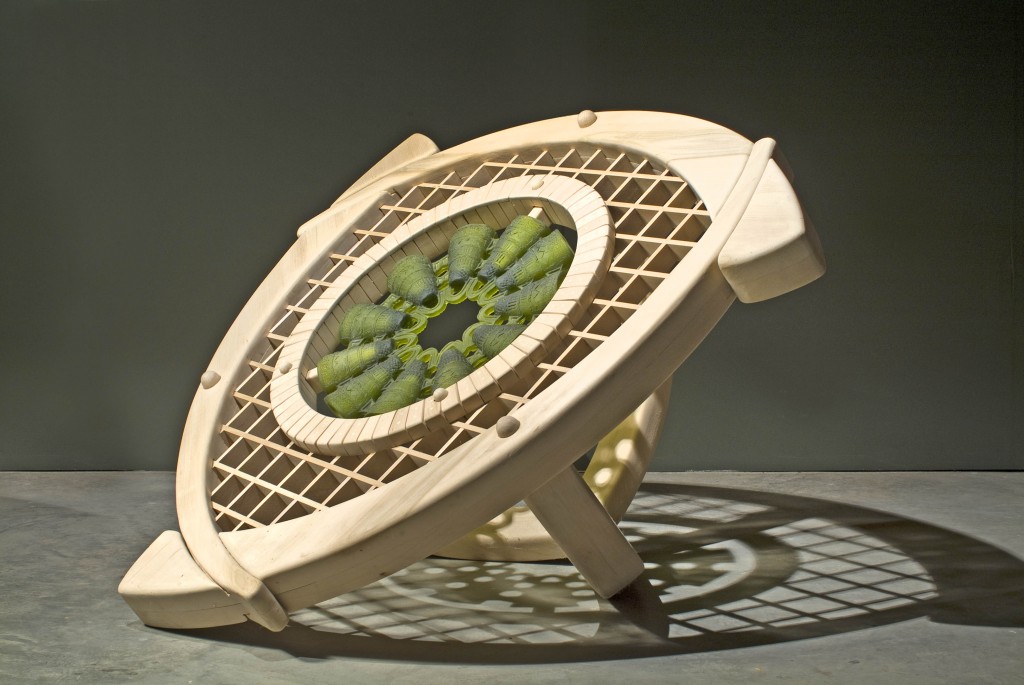
“Dotaku”
2010 Cast Glass Basswood
54” X 41” X 35”
from the Ishikawa Tani Series

